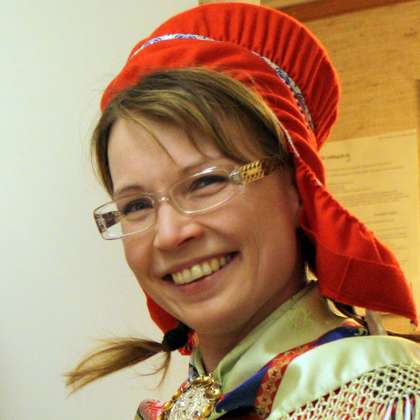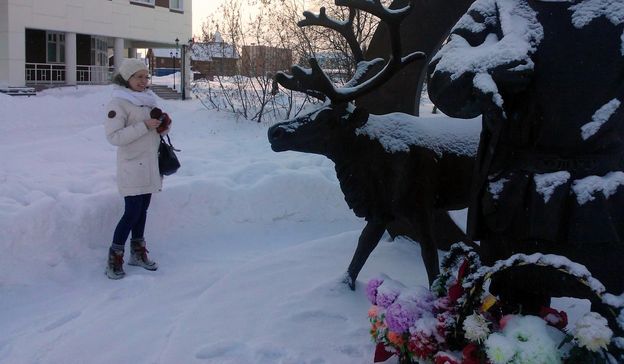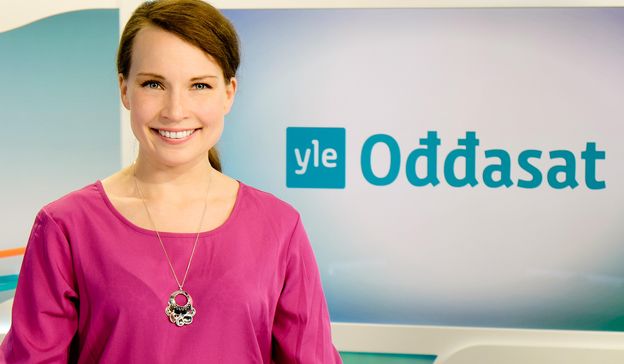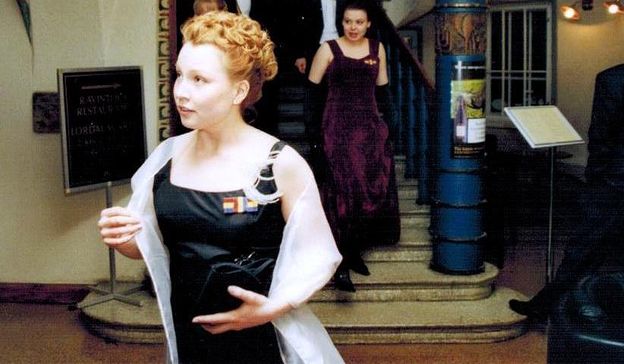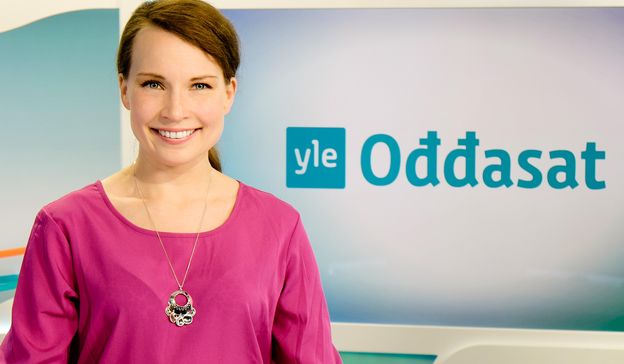Áile Aikio
Áile Ingá Aikio
Born June 8,1979, Utsjoki
Master of Arts (ethnography), 2012, University of Helsinki
Amanuensis, 2005- (leave of absence autumn 2013-), Sámi museum Siida
Journalist, 2013–15, Yle Sápmi
Photo: A. Aikio
Written by Áile Aikio and Riitta-Ilona Hurmerinta (ed.)
Translated by John Calton


